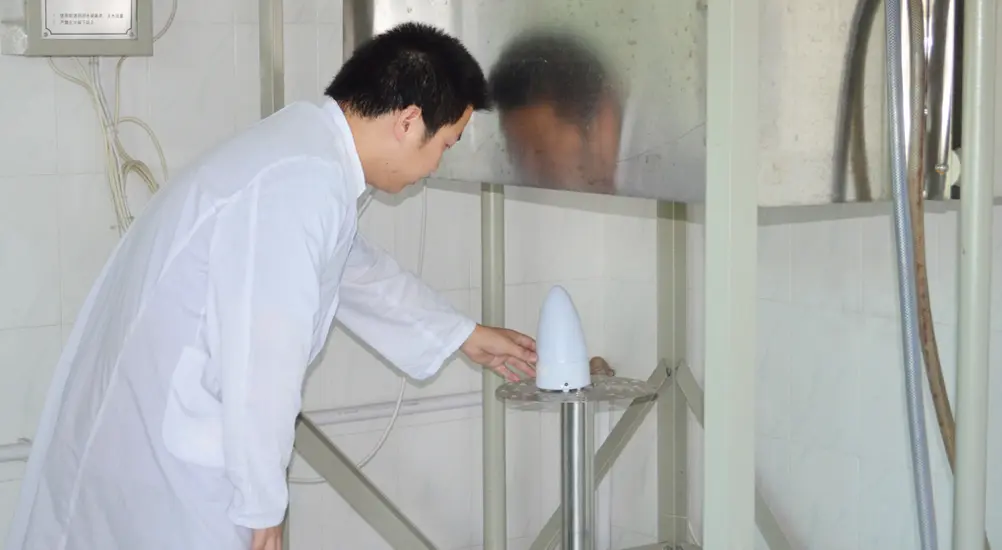
Environmental Reliability Testing Laboratory
Environmental reliability testing is conducted to ensure that products maintain functional reliability during their specified lifespan under expected conditions of use, transportation, or storage. The test exposes products to natural or artificial environmental conditions to evaluate their performance in real-world conditions, making it one of the key quality characteristics of a product. Environmental reliability is generally divided into mechanical environment testing, climatic environment testing, and comprehensive environment testing. Mechanical environment testing mainly includes mechanical vibration, mechanical shock, drop, and collision tests. Climatic environment testing includes temperature testing, temperature-humidity testing, pressure testing, water testing, salt spray testing, dust and sand testing, and gas corrosion testing. Comprehensive environment testing includes temperature-pressure combination testing, temperature-vibration combination testing, temperature-humidity-vibration combination testing, and temperature-pressure-humidity combination testing.

Relevant Standards:
- GB/T 2423.1 / IEC 60068-2-1: Environmental Testing for Electrotechnical Products, Part 2: Test Methods - Test A: Low Temperature
- GB/T 2423.2 / IEC 60068-2-2: Environmental Testing for Electrotechnical Products, Part 2: Test Methods - Test B: High Temperature
- GB/T 2423.3 / IEC 60068-2-78: Environmental Testing, Part 2: Test Methods - Test Cab: Constant Damp Heat Testing
- GB/T 2423.4 / IEC 60068-2-30: Environmental Testing for Electrotechnical Products, Part 2: Test Methods - Test Db: Cyclic Damp Heat (12h+12h cycle)
- GB/T 2423.5 / IEC 60068-2-27: Environmental Testing, Part 2: Test Methods - Test Ea and Guidelines: Shock
- GB/T 2423.10 / IEC 60068-2-6: Environmental Testing, Part 2: Test Methods - Test Fc: Vibration (Sine)
- GB/T 2423.22 / IEC 60068-2-14: Environmental Testing, Part 2: Test Methods - Test N: Temperature Change
- GB/T 2423.34 / IEC 60068-2-38: Environmental Testing, Part 2: Test Methods - Test Z/AD: Temperature/Humidity Combination Cycle Test
- GB/T 2423.17 / IEC 60068-2-11: Environmental Testing for Electrotechnical Products, Part 2: Test Methods - Test Ka: Salt Spray
- GB/T 2423.56 / IEC 60068-2-64: Environmental Testing, Part 2: Test Methods - Test Fh: Broadband Random Vibration and Guidelines
- GB/T 4208 / IEC 60529: Degrees of Protection Provided by Enclosures (IP Code)
Environmental Reliability Testing Process:
1. ConsULt the China JJR Laboratory
2. Provide product information to the laboratory engineers
3. Issue the testing plan, duration, and costs
4. Send the product to the laboratory for testing
5. Receive the report
BANTEK, founded in 2021, is a service provider offering inspection, testing, certification, training, and comprehensive quality assurance to global customers. Located in Shenzhen, the laboratory covers 3,200㎡ and includes EMC electromagnetic compatibility, radio frequency & communications, electrical product safety, environmental reliability, and energy efficiency labs.
China JJR Laboratory is accREDited by China Metrology (CMA), the China National Accreditation Service for Conformity Assessment (CNAS), and the American Association for Laboratory Accreditation (A2LA). It maintains good partnerships with major testing agencies such as TÜV Rheinland, INTERTEK, SGS, Eurofins, Nemko, among others. Our service areas include consumer electronics, lighting, household appliances, electrical accessories (plugs, sockets, switches), and new energy products.
China JJR Laboratory's services currently cover regions in Asia, Europe, America, Australia, Russia, some Middle Eastern regions, and most areas within China. The lab ensures consistency and continuity of customer service across different regions, eliminating the impact of unfamiliar environments on quality assurance and product circulation, allowing customers to participate in various markets globally with flawless quality.
Email:hello@jjrlab.com
Write your message here and send it to us
 Amazon ISO/IEC 17025 UL Testing Service Laboratory
Amazon ISO/IEC 17025 UL Testing Service Laboratory
 How to get CE Certification for Lighting Products?
How to get CE Certification for Lighting Products?
 CE Certification Standards & Process for Elect
CE Certification Standards & Process for Elect
 Japan METI Registration & Japanese Agent Servi
Japan METI Registration & Japanese Agent Servi
 Temperature Shock Test (IEC 60068-2-14:2009)
Temperature Shock Test (IEC 60068-2-14:2009)
 Electromagnetic Compatibility (EMC) Testing Servic
Electromagnetic Compatibility (EMC) Testing Servic
 Canada ISED Certification (IC Certification) Analy
Canada ISED Certification (IC Certification) Analy
 CSA C22.2 No.42 Compliance Test Report for Amazon
CSA C22.2 No.42 Compliance Test Report for Amazon
Leave us a message
24-hour online customer service at any time to respond, so that you worry!




